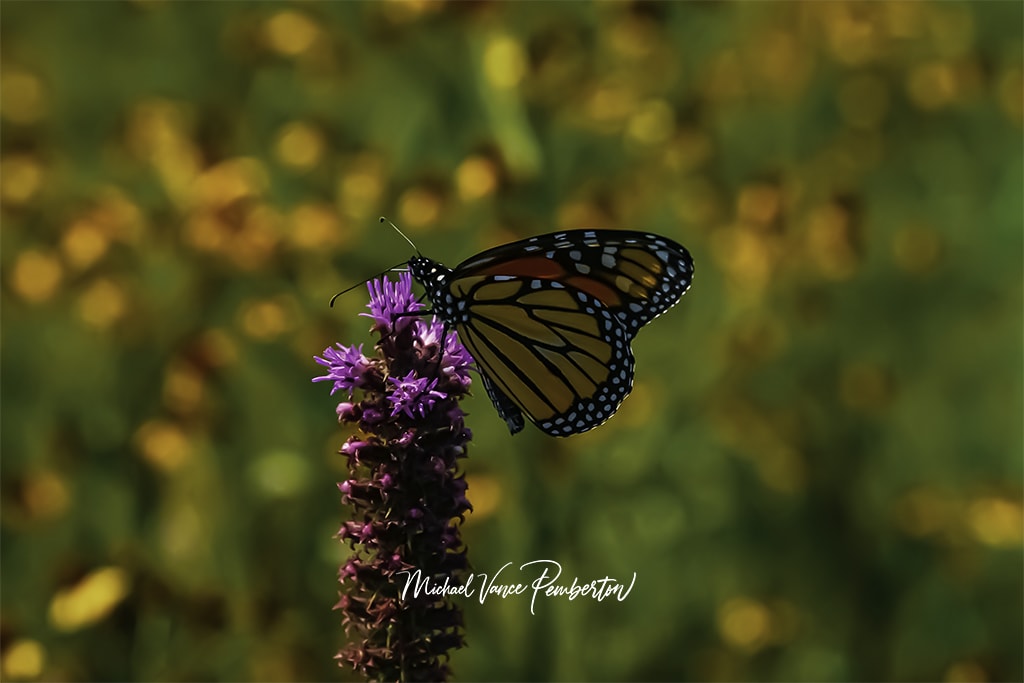
To achieve a blurry background in a photograph, you can utilize various techniques and factors influencing the depth of field. Depth of field refers to the range of distance within an image that appears sharp and in focus. By intentionally blurring the background, you can draw attention to the subject and create a visually pleasing effect. Here are some methods to obtain a blurry background:
Aperture settings:
Aperture settings play a crucial role in achieving a blurry background in photography. The aperture refers to the opening in the camera’s lens that controls the light entering the camera. It is measured in f-stops, represented by a series of numbers called f-numbers.
When creating background blur, selecting a wide aperture is essential. A wide aperture corresponds to a smaller f-number, such as f/1.8 or f/2.8. These values indicate a larger opening, allowing more light to reach the camera sensor. By using a wide aperture, you effectively reduce the depth of field, which is the distance range in an image that appears sharp and in focus.
The reduced depth of field achieved with a wide aperture helps create a distinct separation between the subject and the background. With a shallow depth of field, the subject remains sharp while the background becomes blurred, leading to a visually pleasing effect known as bokeh. The out-of-focus elements in the background appear as soft, blurred shapes, enhancing the overall aesthetics of the image.
It’s important to note that the specific degree of background blur achieved through aperture settings depends on factors such as the lens being used, the distance between the subject and the camera, and the distance between the subject and the background. Additionally, the amount of light available in the scene and the camera’s ISO and shutter speed settings can influence the final outcome.
Understanding how aperture settings influence depth of field and practicing with different f-numbers will allow you to control the amount of background blur in your photographs. It’s worth experimenting with various apertures to achieve the desired artistic effect and create captivating images with a beautifully blurred background.
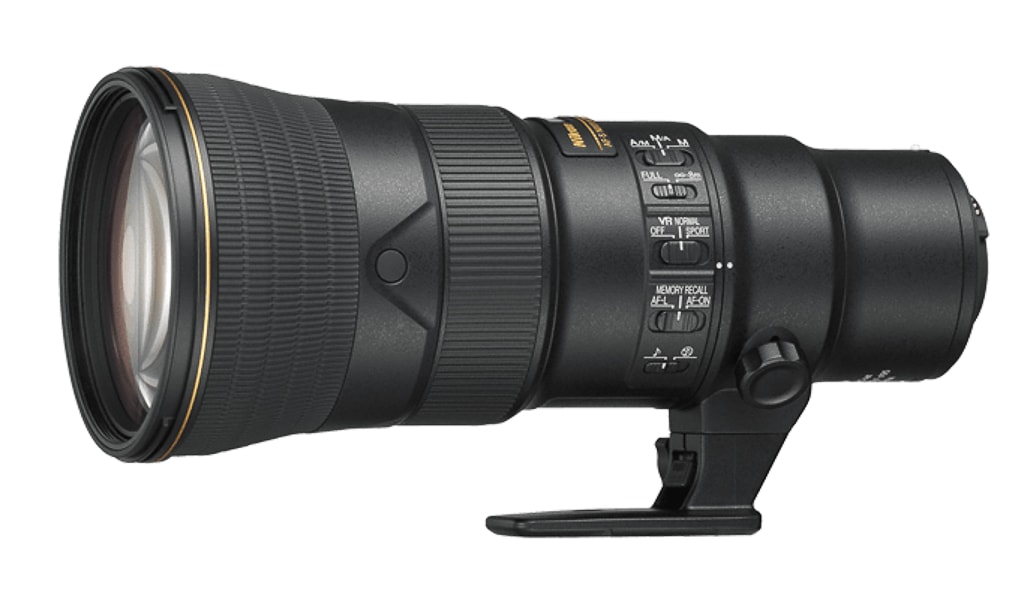
Lens selection:
Specific lenses are renowned for their exceptional performance in this regard when it comes to achieving a shallow depth of field and captivating background blur. Prime lenses, in particular, are highly regarded for producing stunning bokeh and isolating the subject from the background. Prime lenses have a fixed focal length, which means they do not zoom, but they often offer wider maximum apertures compared to zoom lenses.
Prime lenses with wider maximum apertures, such as f/1.4 or f/1.8, are trendy among photographers seeking to create images with a shallow depth of field and a dreamy, blurred background. These wider apertures allow more light to enter the lens, resulting in a reduced depth of field. As a result, the subject remains sharp and in focus while the background melts into a beautiful blur.
The wider the maximum aperture, the shallower the depth of field becomes, enabling greater separation between the subject and the background.
The telephoto lens is another type of lens known for its ability to blur the background effectively. Telephoto lenses have a longer focal length, which brings the subject closer and compresses the perspective.
This compression, combined with a narrower depth of field inherent to telephoto lenses, creates a pleasing background blur. The longer focal length isolates the subject and throws the background out of focus, resulting in a visually appealing image with a creamy, blurred backdrop.
It’s important to note that the lens choice depends on the specific requirements of the photographic situation. With their wider apertures, Prime lenses are often preferred in low-light conditions or cases where maximum background blur is desired.
On the other hand, telephoto lenses excel at isolating subjects from the background in situations where you cannot get closer to the topic.
By selecting prime lenses with wider maximum apertures or utilizing telephoto lenses, photographers can take advantage of their unique characteristics to capture images with a shallow depth of field and a beautifully blurred background.

Distance between subject and background:
One effective technique for enhancing the blur effect in your photographs involves increasing the distance between your subject and the background. Maximizing the distance between these two elements can achieve a more pronounced and visually pleasing background blur.
The depth of field becomes more evident when the subject is placed at a considerable distance from the background. A wider separation pushes the background further into the out-of-focus region. As a result, the details and elements in the background are rendered as soft, blurred shapes, creating a sense of depth and drawing attention to the subject.
The degree of background blur is influenced by the concept of perspective. The farther the background is from the subject, the smaller it appears in relation to the subject.
This decrease in relative size accentuates the effect of background blur, as the out-of-focus elements are compressed and spread across a larger area. Consequently, the background becomes a harmonious blend of colors and shapes, creating a more aesthetically pleasing composition.
It’s important to note that increasing the distance between the subject and the background may only sometimes be feasible or desirable, depending on the specific photographic situation. Sometimes, you may need to work within the available space or consider the desired composition.
However, when the opportunity arises, maximizing the distance between the subject and the background can yield remarkable results in enhancing the background blur and creating a visually captivating image.
Remember that achieving an ideal balance between subject and background is essential. While emphasizing the background blur can add artistic value, ensuring the subject remains the focal point of the image is equally important. By strategically manipulating the distance between the subject and the background, you can effectively control the blur and craft compelling photographs that highlight your subject while creating a pleasing visual separation from the background.
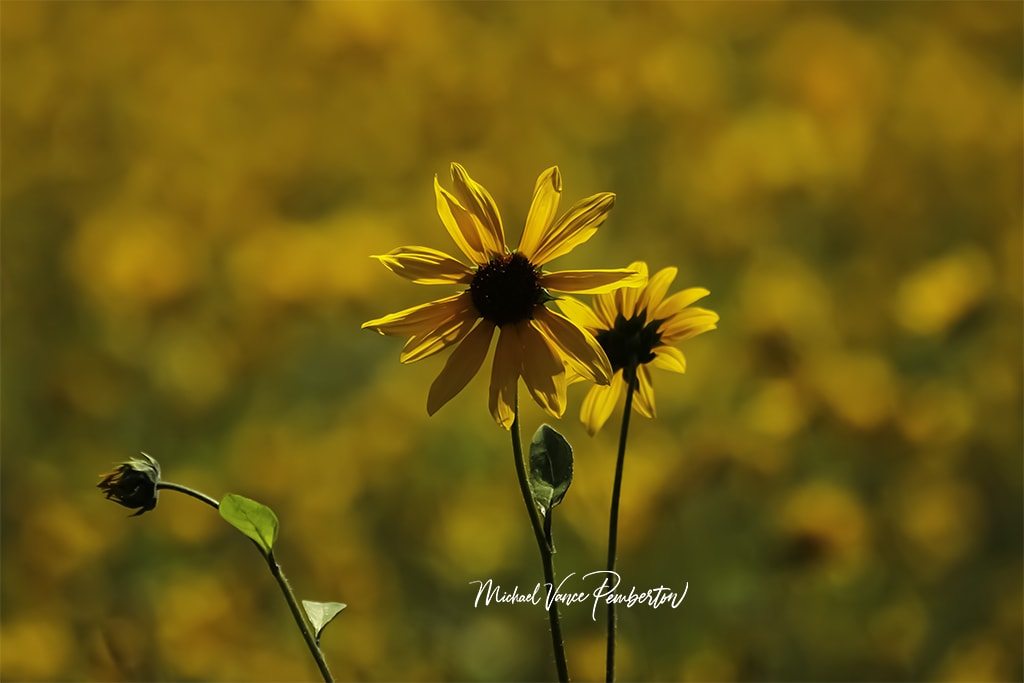
Focal length:
When aiming to achieve a shallower depth of field and a more pronounced background blur in your photographs, longer focal lengths become invaluable tools. Focal length refers to the distance between the lens and the camera’s image sensor, and it plays a significant role in determining the perspective and depth of field of an image.
By opting for longer focal lengths, such as 85mm or 200mm, you can effectively reduce the depth of field and achieve a more pronounced background blur. This is because longer focal lengths narrow the angle of view and compress the perspective, emphasizing the subject while minimizing the focus on the background. The narrower field of view allows you to isolate and magnify your subject, effectively blurring the background.
Zooming in or using a telephoto lens with a longer focal length lets you focus specifically on your subject while rendering the background out of focus. The telephoto lens brings distant subjects closer and has the inherent ability to create a shallow depth of field. As a result, the background elements are softened and transformed into a pleasant and visually pleasing blur.
The shallow depth of field achieved through longer focal lengths adds a sense of separation and three-dimensionality to your images. It helps direct the viewer’s attention to the subject by minimizing distractions from the background. This technique is particularly useful in portrait photography or where you want to emphasize a specific element in the frame.
It’s worth noting that longer focal lengths can also affect the perspective and compression of the scene. They can flatten the appearance of the background, making it appear closer to the subject. This compression further enhances the background blur, as the out-of-focus elements are seemingly pushed even farther away, resulting in a more captivating and visually striking image.
You can effectively control the depth of field and background blur in your photographs by utilizing longer focal lengths, whether by zooming in or using dedicated telephoto lenses. This allows you to create images that beautifully emphasize your subject while adding depth and artistic appeal through a pleasingly blurred background.
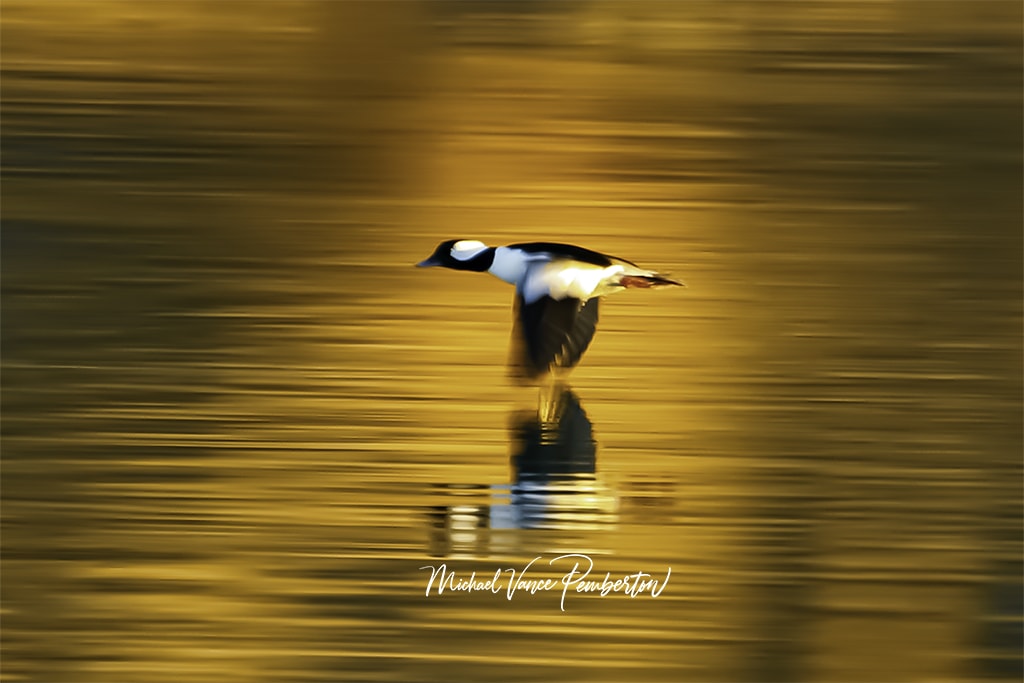
Subject-to-camera distance:
Moving closer to your subject can significantly impact the separation between the subject and the background, leading to increased background blur and a more visually striking image. Decreasing the distance between the camera and the subject effectively creates a more significant difference in the depth of field between the subject and the background.
When you move closer to your subject, two main factors come into play: perspective and depth of field. The change in perspective that occurs when you physically approach the subject results in a more intimate and immersive portrayal.
This closer proximity lets you capture finer details and emphasize the subject’s presence within the frame.
Regarding depth of field, as you reduce the distance between the camera and the subject, the relative distance between the subject and the background becomes more substantial. This increased difference in distance translates into a more pronounced depth of field disparity. Being closer to the camera, the subject remains sharp and well-defined, while the background, now farther away in relation to the subject, becomes progressively more blurred.
The decrease in distance between the camera and the subject results in a shallower depth of field. The focal plane narrows, causing the background to fall outside the range of sharp focus. Consequently, the background elements lose their clarity and dissolve into a beautiful, creamy blur, directly drawing the viewer’s attention to the subject.
It is important to note that when moving closer to the subject, you need to consider the minimum focusing distance of your lens.
Some lenses have limitations on how close they can focus, and getting too tight may result in the subject being out of focus. Therefore, it’s essential to maintain a suitable distance that ensures proper focus while maximizing the separation between the subject and the background.
By consciously decreasing the distance between the camera and the subject, you can create a greater depth of field difference, enhancing the background blur and emphasizing the subject as the main focal point. This technique is particularly effective in portrait photography, where isolating the issue and creating a pleasing separation from the background can produce captivating and visually appealing results.
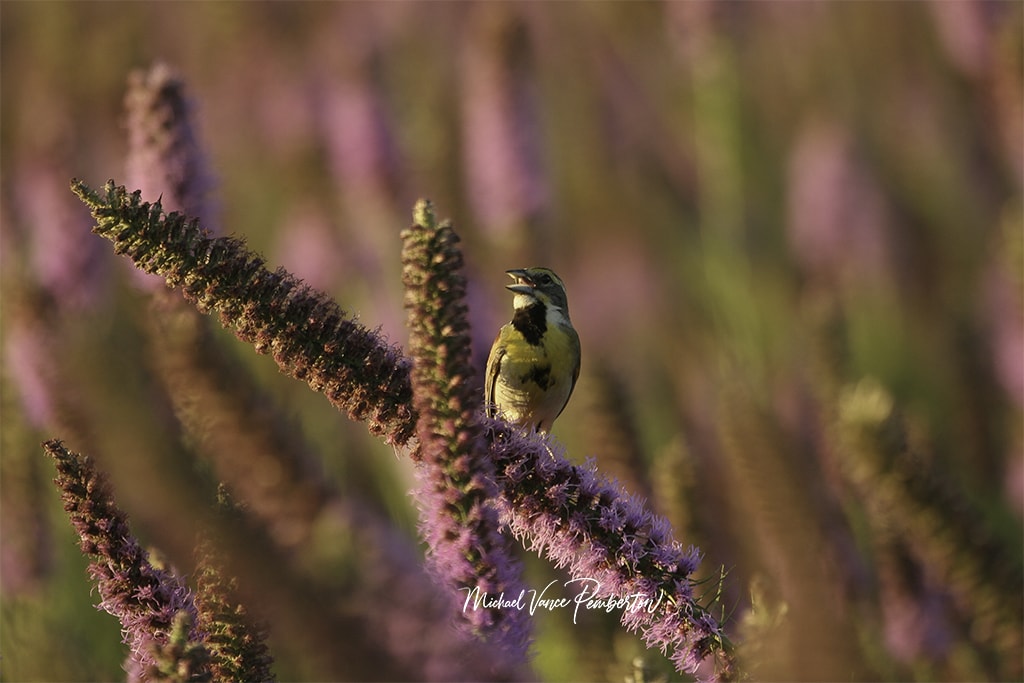
Background characteristics:
The characteristics of the background play a significant role in achieving a blurry effect in your photographs. When the depth of field is shallow, specific background attributes can contribute to the appearance of blur and enhance the overall aesthetic quality of the image.
Busy or cluttered backgrounds, filled with numerous details or objects, are more likely to appear blurry when a shallow depth of field is utilized. This is because the limited focus area primarily encompasses the subject, causing the background elements to fall outside the range of sharpness. As a result, the intricacies and distractions of the busy background become softened and blurred, allowing the subject to stand out more prominently.
Furthermore, backgrounds featuring distant lights or repetitive patterns have the potential to create a visually pleasing effect known as bokeh. Bokeh refers to the aesthetic quality of the out-of-focus areas in an image, characterized by soft, rounded, and often pleasingly blurred shapes.
When distant lights or repetitive patterns, such as leaves, flowers, or city lights, appear in the background, the shallow depth of the field can transform them into beautiful, mesmerizing orbs or gentle, abstract shapes. This bokeh effect adds an additional layer of visual interest and can enhance the overall impact of the photograph.
Considering the background when composing your shot and selecting your focal point is essential. By intentionally choosing a busy or patterned background and strategically placing your subject, you can leverage the depth of field to create a more pronounced background blur and draw the viewer’s attention to the image’s focal point.
However, it’s crucial to balance the subject and the background. While a blurred background can add depth and visual appeal, it should not overshadow or compete with the subject.
The background should complement and enhance the overall composition, ensuring that the subject remains the main focus of the photograph.
By being mindful of the background characteristics and their interaction with a shallow depth of field, you can utilize these elements to your advantage, resulting in aesthetically pleasing images with a beautifully blurred background.
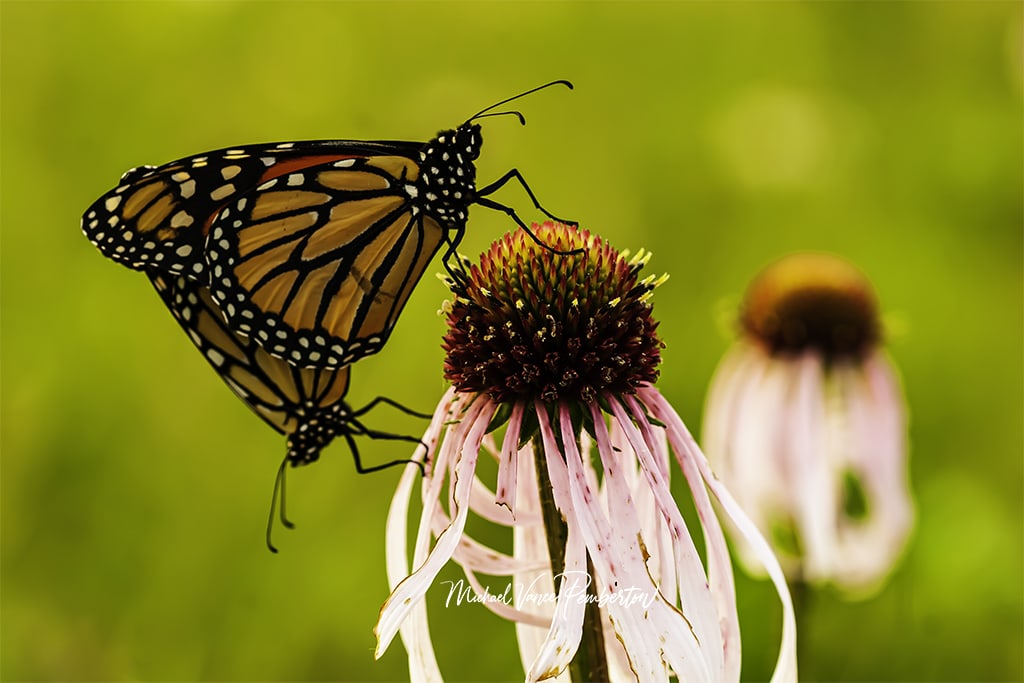
Conclusion:
When aiming to capture images with a beautifully blurred background, it’s essential to remember that the specific results can vary depending on several factors. These factors include the camera equipment you use, the settings you choose, the lighting conditions present, and the desired artistic effect you wish to achieve.
Different camera equipment, such as various lenses and camera bodies, can produce distinct results regarding background blur.
Prime lenses with wider maximum apertures, for example, are generally known for creating a shallower field depth and more pronounced background blur. However, even within the same lens category, variations in optical characteristics can impact the overall outcome. Therefore, understanding the capabilities and limitations of your specific equipment is crucial in achieving the desired effect.
Camera settings also play a vital role in achieving the desired background blur. Factors such as the chosen aperture, focal length, and focusing distance can significantly impact the depth of field and the degree of background blur. Other settings like ISO and shutter speed should also be appropriately adjusted to maintain optimal exposure and image quality.
Lighting conditions can influence the appearance of background blur as well. The intensity and quality of light can affect the overall contrast and separation between the subject and the background. For instance, well-lit subjects against darker backgrounds tend to yield more noticeable background blur due to the contrast between the two.
Lastly, the desired artistic effect you aim to achieve also shapes the approach to background blur. Different photography genres and personal preferences may call for varying levels of blur. Experimentation with other techniques, compositions, and subject-background relationships is crucial to develop your unique style and capturing images that resonate with your artistic vision.
Conclusion: By experimenting with these techniques and gaining a solid understanding of the fundamentals of depth of field, you can refine your skills and capture images with a beautifully blurred background. Remember to embrace the variability of results and enjoy the creative journey, as it is through exploration and practice that you will develop your distinctive approach to achieving stunning background blur.


Recent Posts
In shadows cast by love's deceitful guise,He wandered blind, his heart the captive prize.Through realms unknown, where truth remained concealed,He followed trails of falsehood, unrevealed. Blinded...
Prepare to be amazed as the MCAS Cherry Point Air Show returns on May 11-12. This annual event, hosted by the Marine Corps Air Station (MCAS) Cherry Point in North Carolina, promises a weekend of...